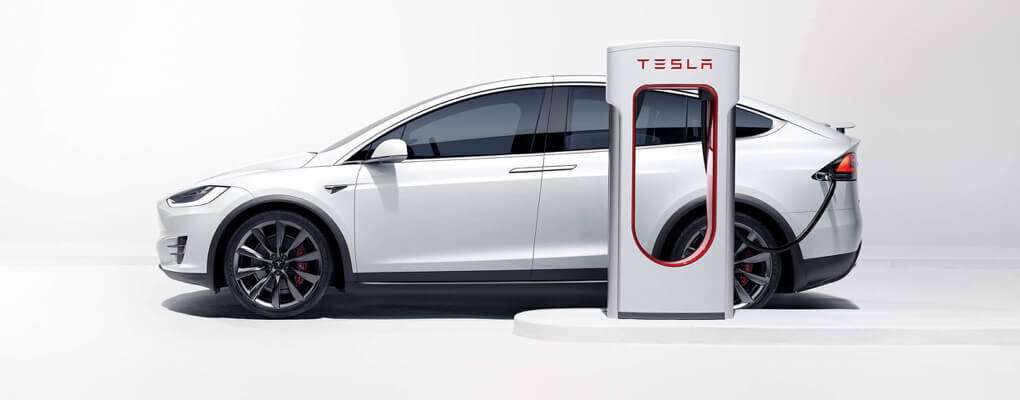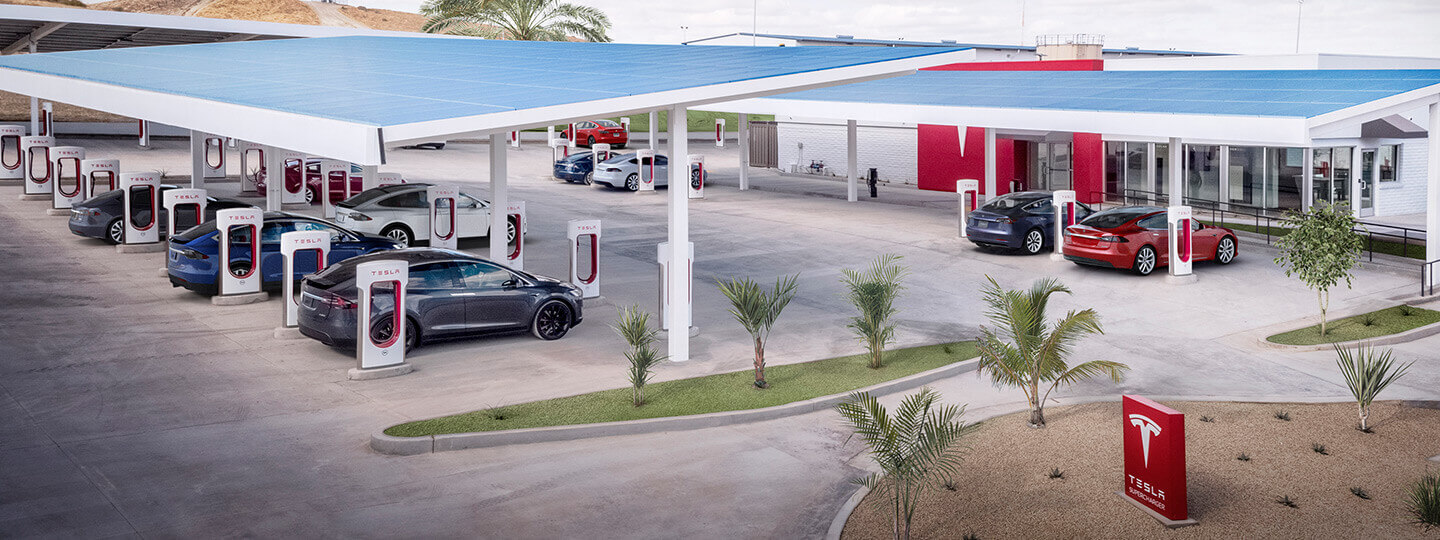Tesla’s Supercharger Network has yet again reached another milestone. The company installed the 2,000th station in its worldwide fast charging network, bringing the total to an impressive 18,000 rapid charging stalls spread across the US, Europe, and the Pan Pacific region.
The Supercharger Network’s began in the United States but it was only a matter of time before it spread to European countries. Between 2014 and 2015 the UK, Central Europe, and Scandinavia receives their first Supercharger stations. However, the network will not stop there with more stations being installed in Australia, China, Japan, and more locations in the Pan Pacific region.

Recently, the electric car maker installed its 500th Superchargers in the UK and Ireland. Much to our surprise, the new station features Supercharger V2 stalls. However, Tesla’s next generation Supercharger V3, is capable of charger at 250 kW instead of 150 kW that the Supercharger V2 offers, completing the charging session in much less time. More than 1.4 billion miles have been delivered to European drivers, with the UK and Ireland making up about 170 million of those. Just last year, Tesla’s Superchargers delivered 60 million miles worth of electricity to customers across the UK and Ireland alone.
Tesla Supercharger Network currently operates in 41 countries, 29 of which are located in the European region. Quite a leap since the first station went live in Los Angeles in 2013. Musk originally launched the network as a free service for owners of the Model X and Model S in hopes that the EV owners would try their vehicles on long trips.
With the increasing popularity of cars like the Model 3 and Model Y the ramp Supercharger Networks are a key element in the adoption of electric vehicles. The need for global rapid charging will continue to increase and Tesla’s Superchargers look like they are in a position to assist. With their speed, convenience, and global spread, this is a huge step in making electric cars a better alternative to conventional gas powered vehicles.

